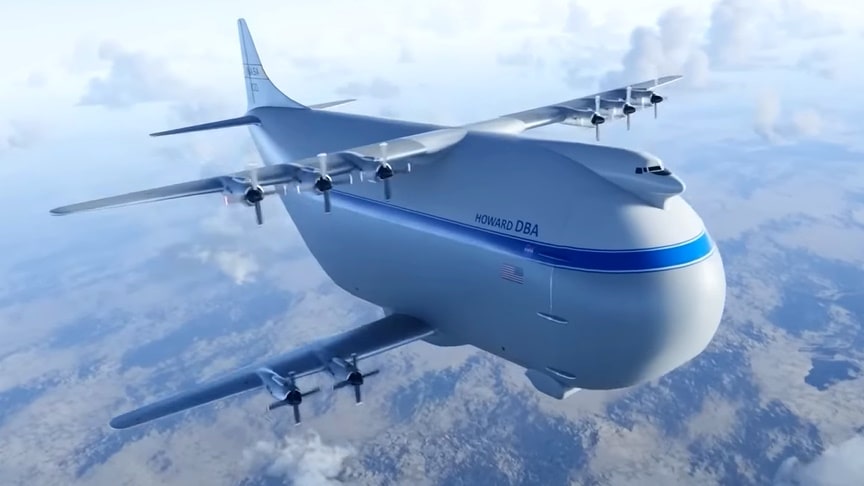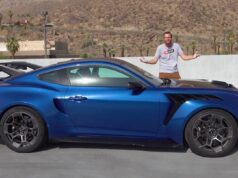The Howard “DBA” (Damm Big Airplane) was a prototype of a cargo aircraft designed to serve NASA, in response to the need to transport components for the Saturn rockets without using the Panama Canal Around 1965, sea transport was slow, hut no airplane in existence then had the cargo capacity necessary to do the job. Several proposals were submitted, but the Dee Howard Co. was given the go-ahead to develop the DH-100 DBA.
source.image: Found And Explained
Despite its ungainly appearance, wind-tunnel tests showed the design had potential. The project eventually fell victim to bureaucratic infighting between government agencies, so a full-size DH-100 DBA was never built. The DBA was a large oversized cargo aircraft designed to carry the first and second stages of the satin 5 rocket to do so it would also have a very large fuselage for a large internal area to accommodate the rocket stages the aircraft would have an all metal fuselage that was around 200 ft long and the lower section of the fuselage contained the huge cargo bay for the rocket St stages.
With a little cockpit pod on top but we’ll get to that in a minute on the original plan this internal section had a diameter of 40 ft enough to fit the Rockets with the cargo being loaded by means of a ramp the cargo bay itself had a large clam shell door at the front of the aircraft that opened completely up the landing gear was divided into six pairs of wheels on the underside with two pairs of wheels.
Advertisement
With that closer to the front of the aircraft with the remaining four at the rear so there wasn’t actually a tricycle system that we see on planes that we have today the cockpit and cruise section was located above the cargo bay in the aircraft in that little pod and that was to allow the big doors to open unencumbered the cockpit itself Bears a striking resemblance to the cockpit section of a Douglas dc6 with a crew of 3 to5 expected for operations. The engines for this version were never actually specified but you can see that to offer enough power and flight the aircraft would actually need to have five engines on each side with the wings themselves lengthened to an additional 40 ft for stabilization. via: Found And Explained











